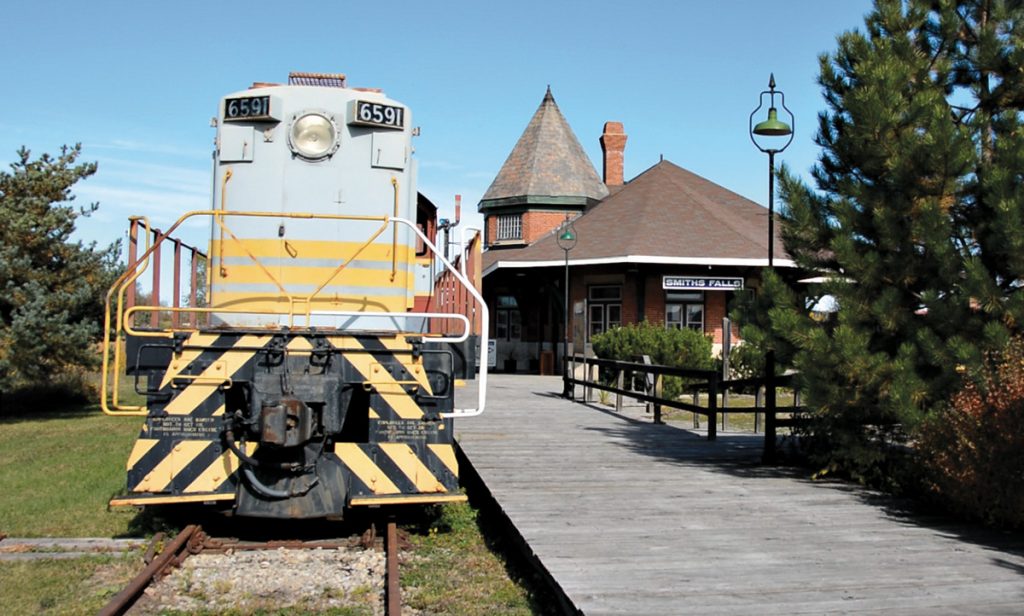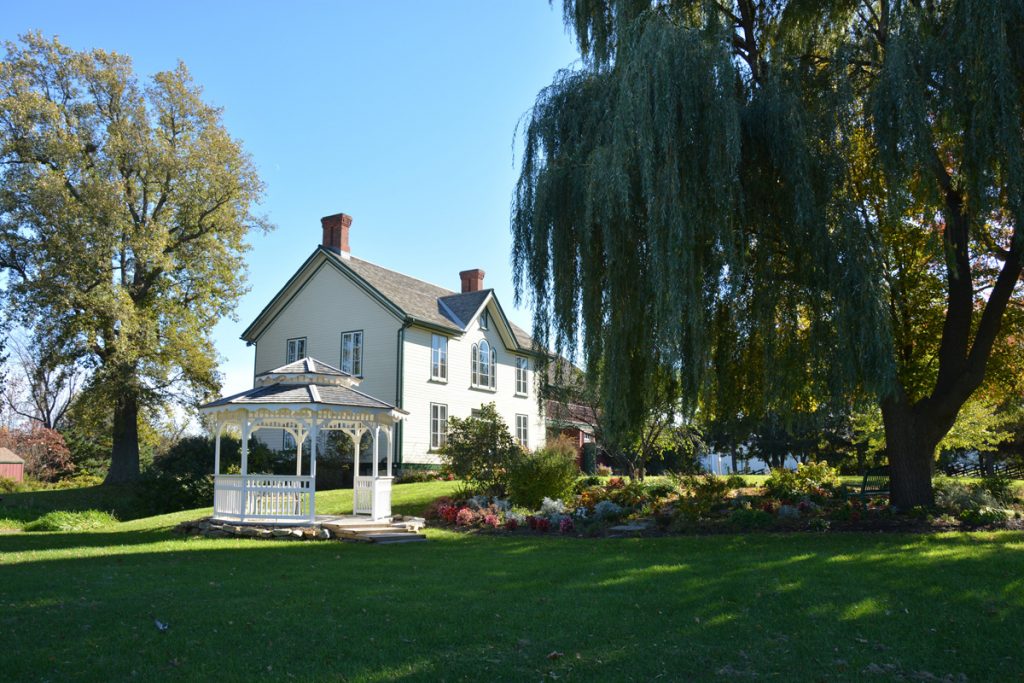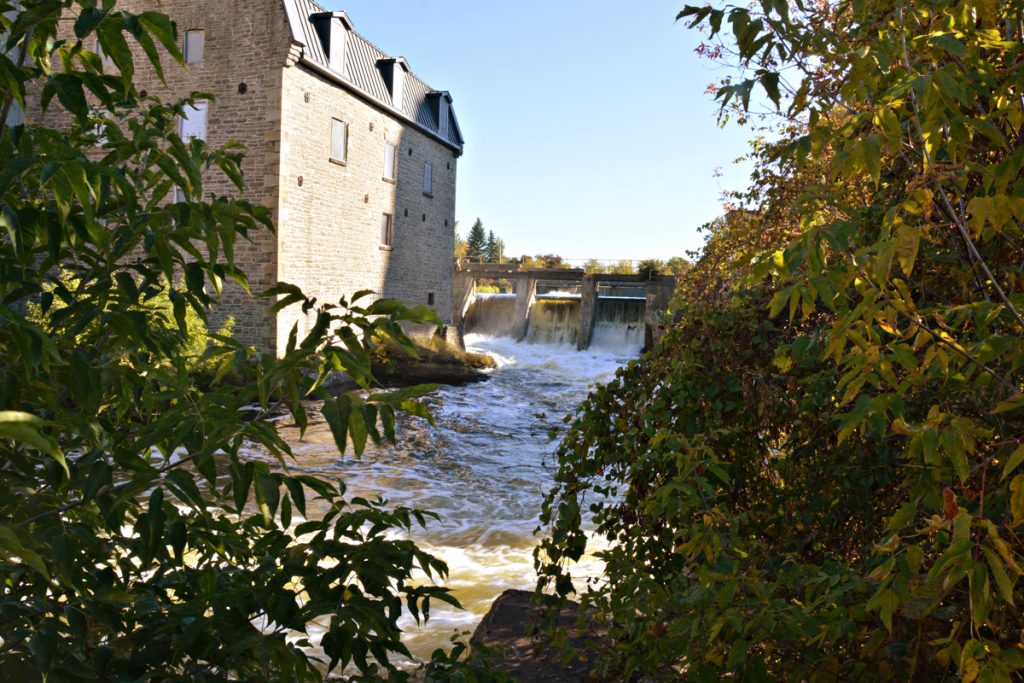Things to do in Smiths Falls
Are you heading to Smiths Falls to see a show?
Here’s a few other things you can do around “The Falls”
The Railway Museum of
Eastern Ontario

Our museum is located on 10.5 acres in the heart of Smiths Falls. Our station building, built in 1912 by the Canadian Northern Ontario Railway, is a National Historic Site.
Popular exhibits include the caboose and the dental car as well as telegraph equipment and both a steam and diesel locomotive.
The Railway Museum offers the rare opportunity for visitors to sleep overnight in a caboose just as railroaders did. Curl up in our comfortable pull-down beds with fresh linens, settle back and relax in the quiet glow of the lantern. In the morning, enjoy a fresh breakfast of fruit, pastries, juice and coffee or tea, served on site.
The Heritage House Museum

Today Heritage House Museum functions as a community museum and historic house, depicting the upper middle class life of the Bates Family circa 1865-1875 and featuring a permanent collection of Smiths Falls artifacts, traveling exhibits and art shows.
A visit offers unique mirror-image facades, an indoor brick bake oven, period rooms, exhibition galleries and a famous two-story privy.
The Rideau Canal Visitor Centre
Housed in a 19th-century stone mill, the Rideau Canal Visitor Centre is the flagship interpretation centre for the historic Rideau Canal system – a National Historic Site of Canada, a designated Canadian Heritage River, and a UNESCO World Heritage destination.
Near the Visitor Information Centre, you’ll find the impressive modern hydraulic system at the Smiths Falls Combined Locks as well as the original 3-lift manual system built by Lt. Col. By in 1829.

